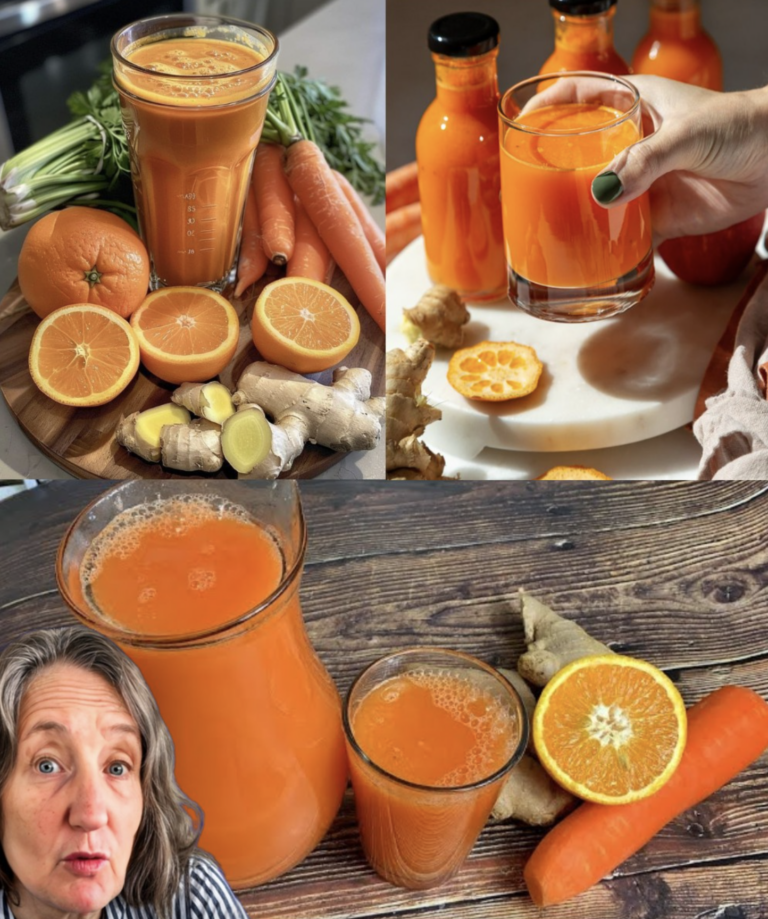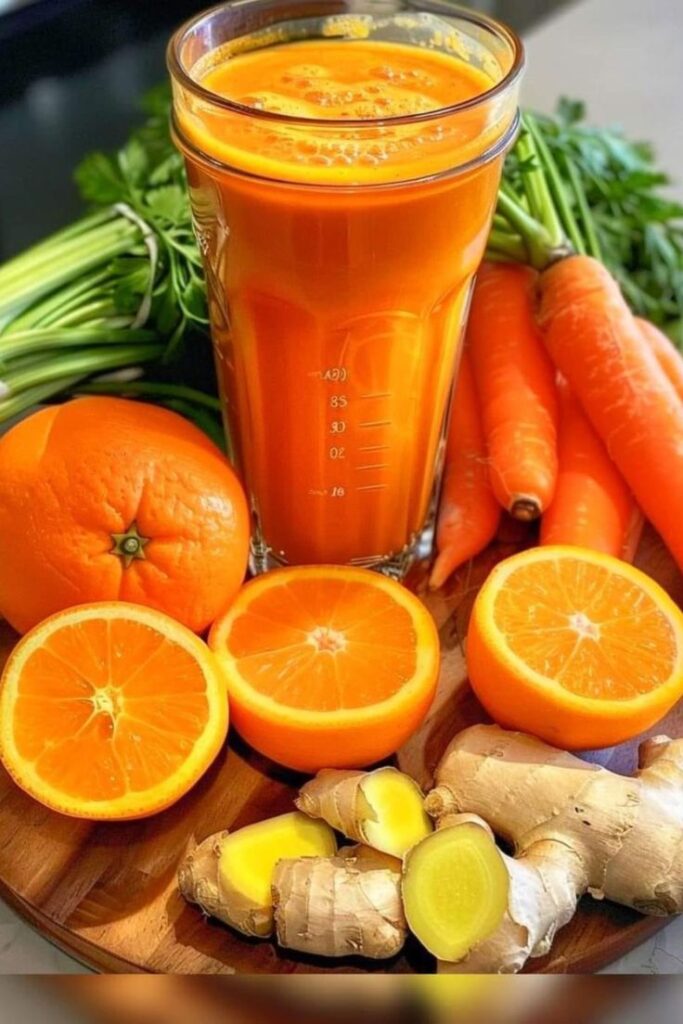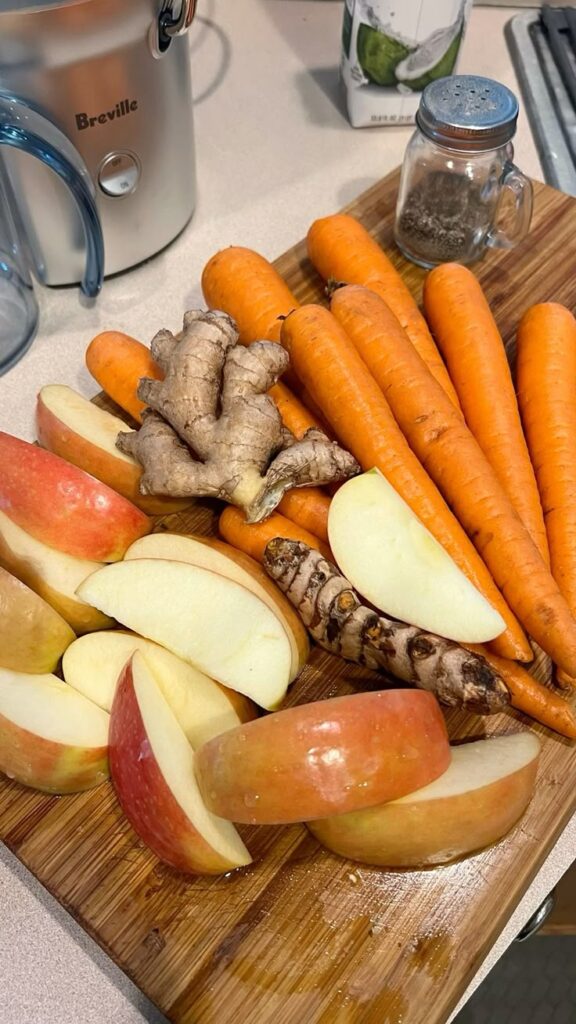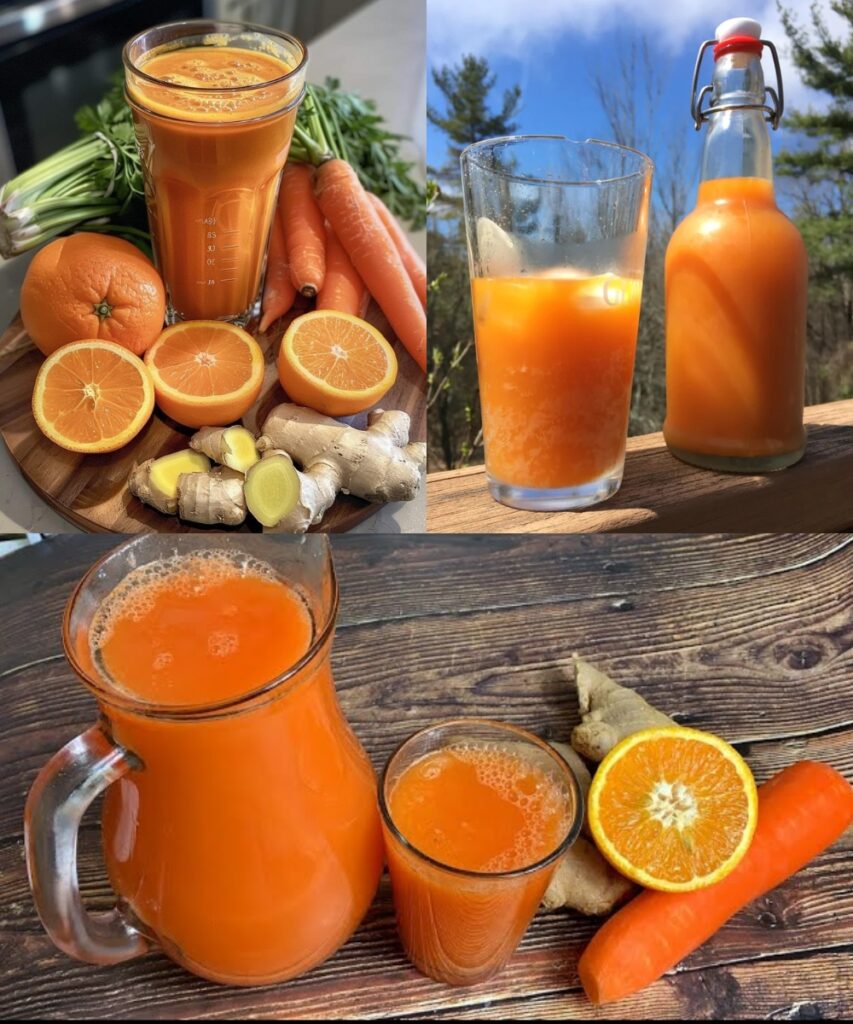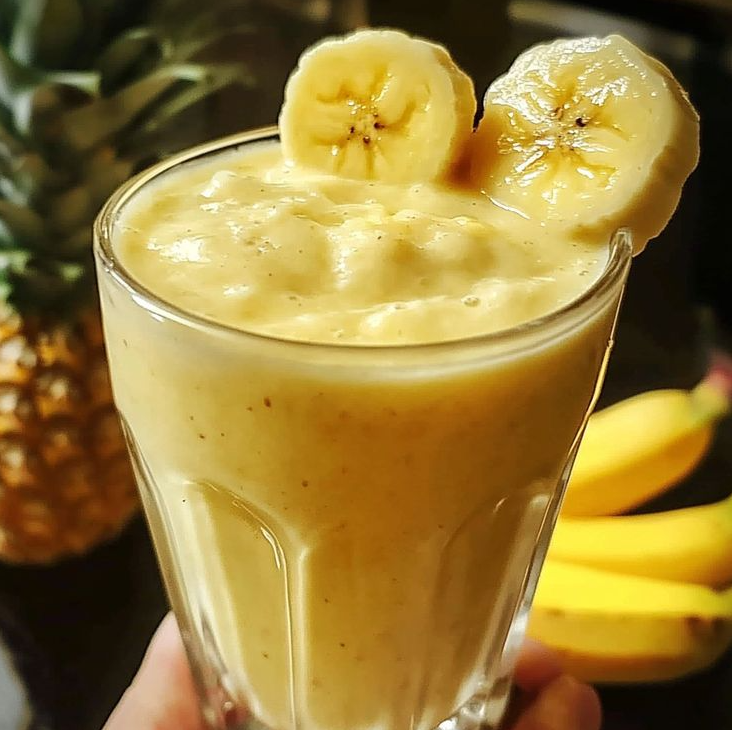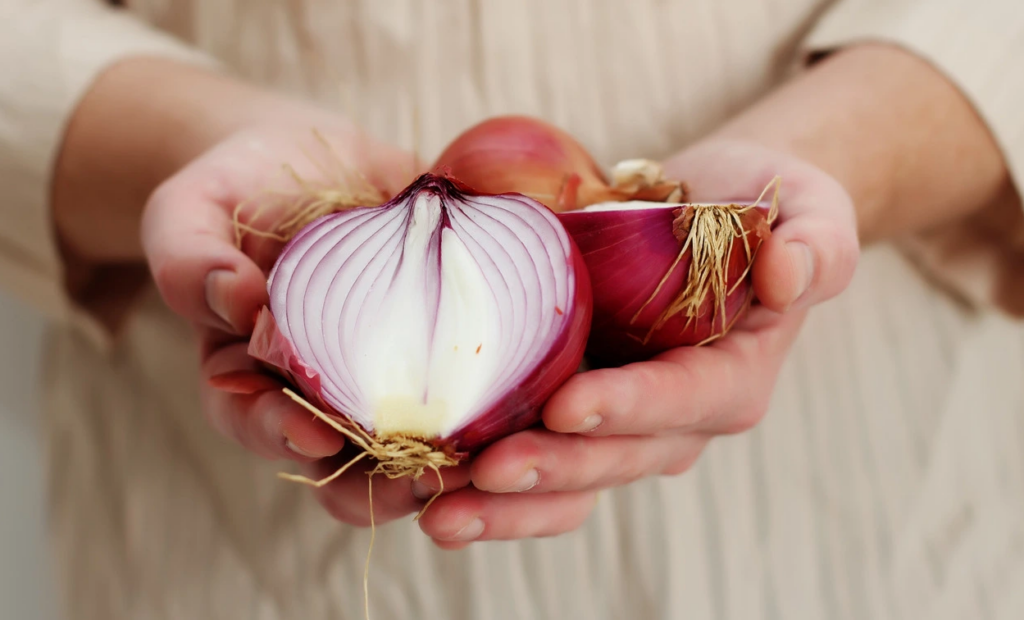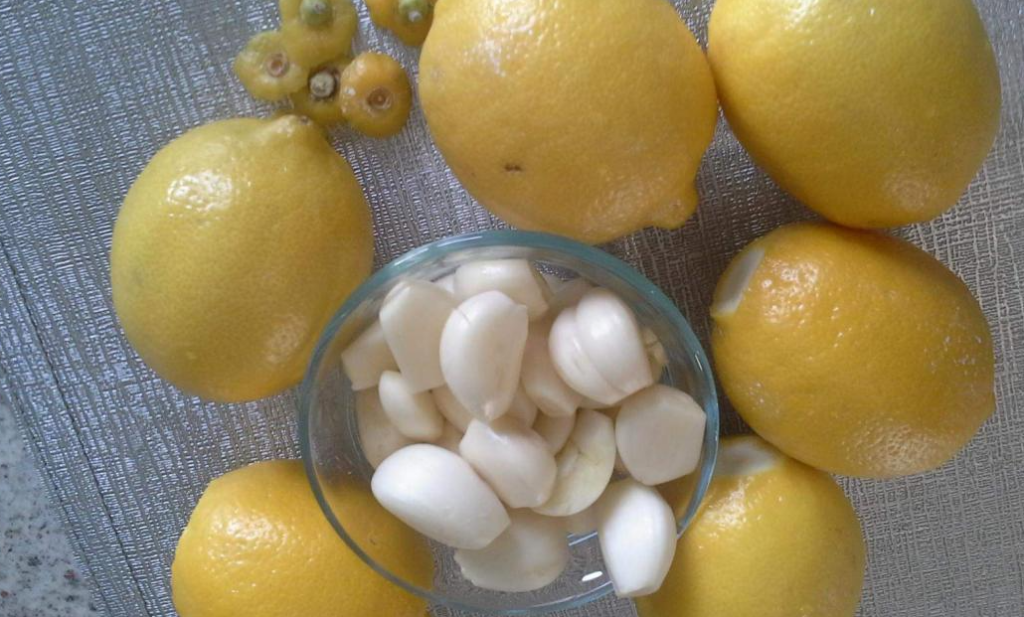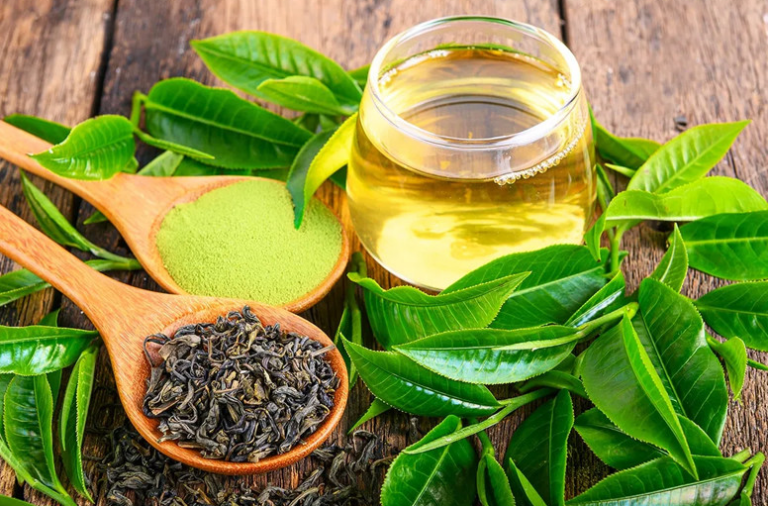Atropa belladonna, more commonly known as Deadly Nightshade, is one of the most notorious and toxic plants in the world. With its alluring yet dangerous appearance, this plant has captivated the imaginations of many throughout history. It has long been associated with poisonings, witchcraft, and even cosmetics, leaving behind a dark and fascinating legacy. While it is extremely toxic, it also has a surprisingly rich history in both ancient and modern medicine. In this article, we will explore the dangerous allure of Deadly Nightshade, its toxic components, its medicinal uses, and the precautions needed when handling this infamous plant.

What is Deadly Nightshade?
Deadly Nightshade, scientifically known as Atropa belladonna, belongs to the Solanaceae family, which includes other well-known plants like tomatoes and potatoes. Native to Europe, North Africa, and Western Asia, this herbaceous perennial is easily recognized by its distinctive purple, bell-shaped flowers, glossy black berries, and large, dark green leaves.
Despite its beauty, every part of this plant—its leaves, berries, stems, and roots—contains powerful alkaloids that make it extremely dangerous. While some might admire its elegance, the plant’s toxic nature has earned it a dark reputation throughout history.
Toxic Components of Deadly Nightshade

The key toxic compounds found in Deadly Nightshade are atropine, scopolamine, and hyoscyamine. These alkaloids work by disrupting the normal function of the nervous system, leading to a wide range of dangerous symptoms.
- Atropine: This compound affects the nervous system, causing symptoms like hallucinations, rapid heartbeat, and paralysis. It can also lead to serious poisoning if ingested in high amounts.
- Scopolamine: Known for its mind-altering effects, scopolamine has been used historically as a poison and in sedatives. It can induce dizziness, confusion, and an altered state of consciousness.
- Hyoscyamine: This alkaloid interferes with neurological functions, and excessive exposure can result in poisoning or even death.
These toxic compounds block neurotransmitters in the body, leading to various effects, including blurred vision, dry mouth, difficulty breathing, and, in extreme cases, death. The difference between a therapeutic dose and a lethal one is very narrow, making the plant a dangerous entity for those who are untrained in its handling.
The Historical Significance of Deadly Nightshade

Deadly Nightshade’s history is both intriguing and dark, having been used for various purposes over the centuries. Here are a few notable historical applications:
Ancient Rome & Greece
- The plant was utilized by poisoners and assassins as a method of eliminating political rivals. In Ancient Rome, extracts of Deadly Nightshade were used to coat arrows, making them lethal.
Medieval Witchcraft & Sorcery
- During the Medieval period, Deadly Nightshade was linked to witches and sorcery. It was believed to be a crucial ingredient in “flying ointments,” which were used in hallucinogenic rituals, allegedly allowing the witches to achieve altered states of consciousness.
Renaissance Beauty Practices
- The name “belladonna” comes from the Italian words meaning “beautiful lady.” Women used extracts of the plant to dilate their pupils, creating a wide-eyed, seductive look. However, this practice came with dangerous side effects, as the plant’s alkaloids are highly toxic.
Modern Medicine
- Despite its toxic nature, Deadly Nightshade has played a role in modern medicine. Today, extracts of the plant are used in controlled environments to produce drugs that aid in treating certain eye conditions, muscle spasms, and motion sickness. Atropine, for example, is used in ophthalmology for pupil dilation during eye exams.
Symptoms of Deadly Nightshade Poisoning

Even small amounts of Deadly Nightshade can be fatal. The symptoms of poisoning depend on the amount consumed and the individual’s sensitivity. Here’s what to expect when someone is poisoned by the plant:
- Mild Symptoms: Dry mouth, blurred vision, dilated pupils, rapid heartbeat, confusion, and dizziness.
- Severe Symptoms: Hallucinations, delirium, convulsions, paralysis, difficulty breathing, and coma.
- Fatal Symptoms: In the most severe cases, the individual may experience complete paralysis and respiratory failure, leading to death.
Who is Most at Risk?
Certain groups are more susceptible to the toxic effects of Deadly Nightshade:
- Children: Attracted by the sweet-looking berries, children are at a higher risk of poisoning. Even small amounts can be fatal.
- Pets and Livestock: Animals, especially dogs and cattle, can be poisoned if they ingest any part of the plant.
- Herbalists & Foragers: Those gathering wild plants for medicinal use can easily misidentify Deadly Nightshade, putting themselves at risk.
Can Deadly Nightshade Be Used Safely?
Despite its dangers, Deadly Nightshade has been used in modern medicine under controlled circumstances. The compounds extracted from the plant are used in various pharmaceutical products, but it should never be used outside of medical supervision.
Here are some of the medical uses of Deadly Nightshade:
- Eye Dilation Drops: Atropine is commonly used by ophthalmologists to dilate the pupils during eye exams.
- Muscle Relaxants: Deadly Nightshade extracts can help relax muscles and treat spasms.
- Motion Sickness Treatments: Scopolamine, derived from the plant, is used in patches to prevent nausea and vomiting during travel.
- Nerve Gas Antidote: Atropine is also used in emergency treatments for nerve gas poisoning.
However, these applications are strictly controlled, and it is important never to attempt self-medication with Deadly Nightshade. Its toxic effects can easily outweigh any potential benefits if misused.
How to Identify Deadly Nightshade
To avoid accidental ingestion, it’s crucial to be able to identify Atropa belladonna:
- Flowers: Bell-shaped, purple flowers with a greenish tint.
- Leaves: Large, oval-shaped, dark green leaves.
- Berries: Glossy, black berries that look similar to some edible wild berries.
- Height: Can grow up to 6 feet tall.
When foraging for plants, always ensure proper identification. Misidentification can lead to fatal consequences.
Should You Grow Deadly Nightshade?
Given the dangers associated with Deadly Nightshade, it’s best to approach this plant with extreme caution:
- In Gardens: While some may grow it for ornamental or research purposes, it’s essential to take proper precautions to keep children and pets away from it.
- For Medicinal Use: If you’re interested in the medicinal uses of Deadly Nightshade, it should only be done under the guidance of a trained medical professional.
Final Thoughts
Deadly Nightshade is a plant that captures the imagination with its beauty and danger. While it has had a significant place in history, its toxicity makes it a plant that should be respected and avoided for casual use. If you are interested in its medicinal applications, always seek the guidance of a healthcare professional. While Atropa belladonna is fascinating from a historical and botanical perspective, it’s important to remember that it is a highly dangerous plant with a narrow therapeutic window.
In summary:
- Highly Toxic: Deadly Nightshade is dangerous to both humans and animals.
- Historical Significance: Used for poison, cosmetics, and witchcraft.
- Controlled Medical Applications: It still has a role in modern medicine but requires professional supervision.
- Avoid Consumption or Handling Without Expertise: It should not be consumed or handled by individuals without expert knowledge.
Respect the potency of Deadly Nightshade, and always exercise caution when encountering it in the wild.





